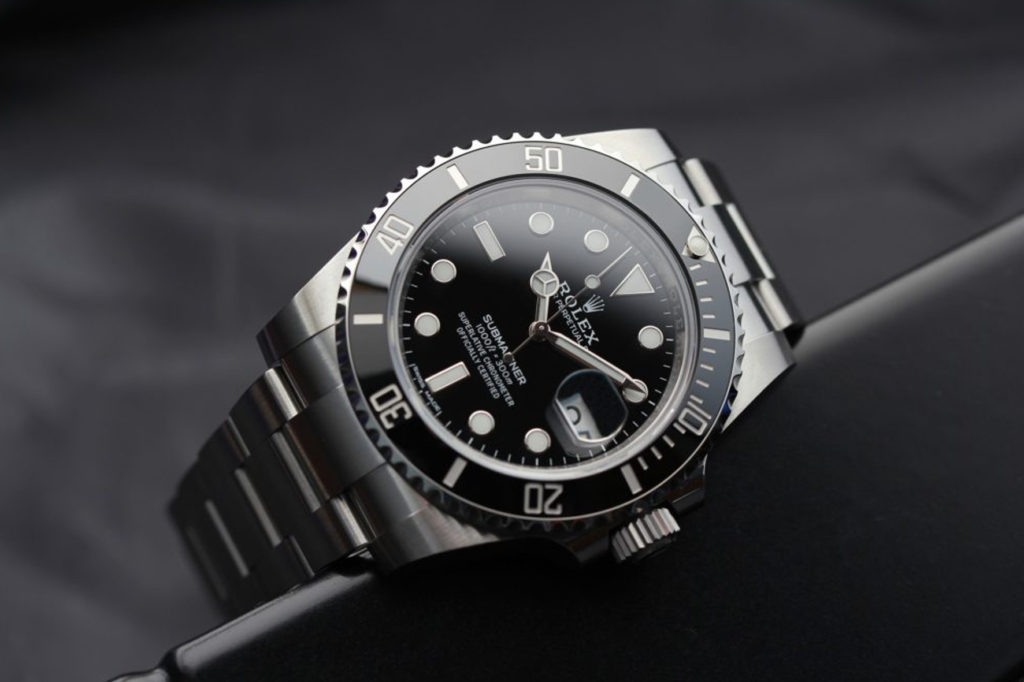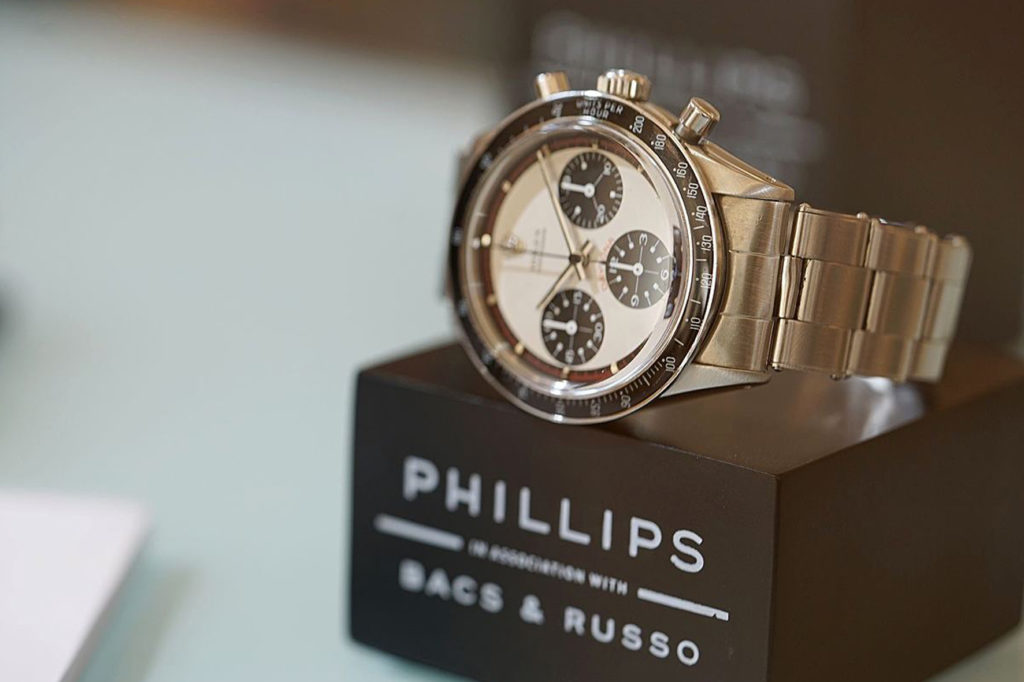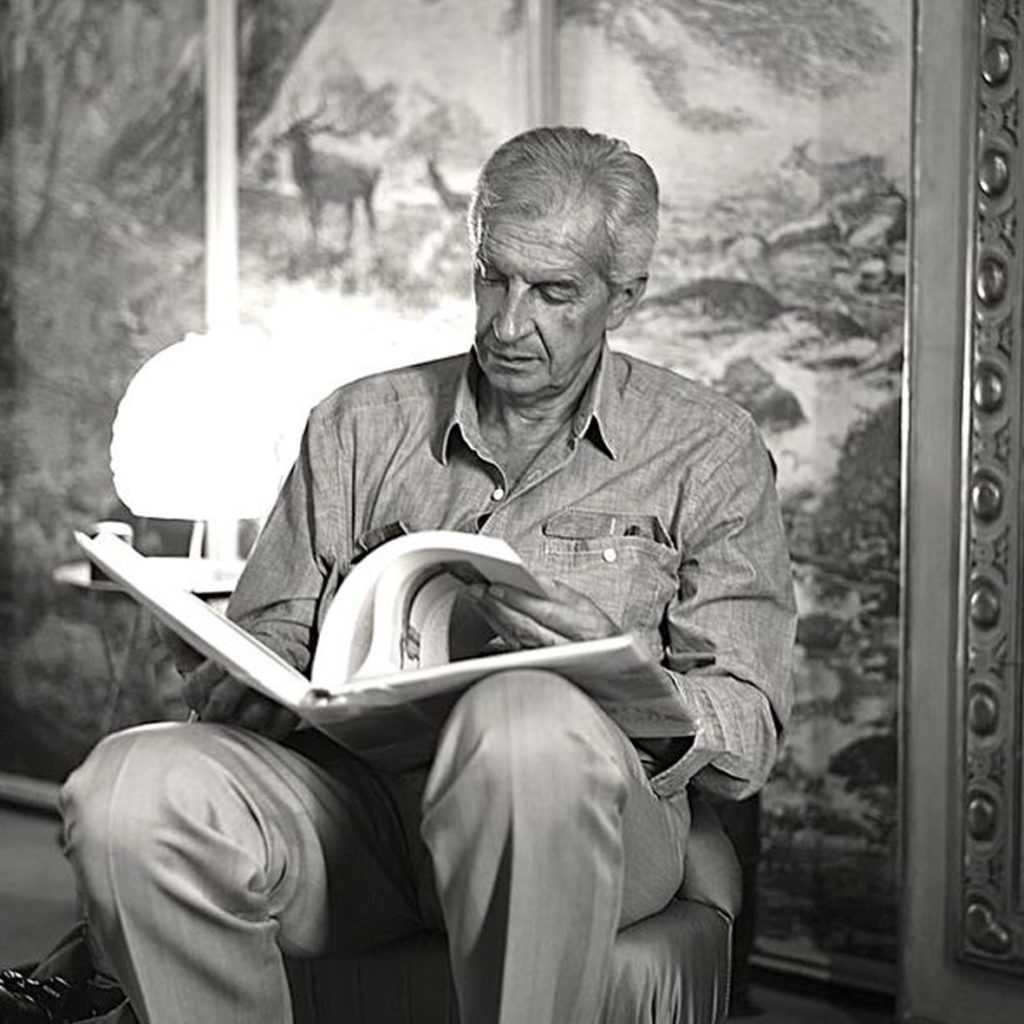Contemporary and vintage: In search of a lost client
3 June 2020Until a few years ago, the high-end mechanical watchmaking industry also had its own Berlin Wall. Just as the Cold War, the horlogerie business lived through a blockade – opposing contemporary and vintage – with the entire chain of sector operators, from institutions to brands and official retailers, refusing to mingle with colleagues dealing with old watches. Why? Let’s say they were looking upon them as the sons of an inferior god because they were trading second-hand watches; while the former were totally disinterested in the past, busy dealing with the new as they were (a great mistake in the horlogerie world, and in life in general: people ignoring history tend to repeat past errors).
Fortunately, today’s world is free of blockades, and faces common troubles – climate, economy, terrorism, pandemics… so even the watchmaking industry tore down its own Wall. For what reason? Simple, as it always happens: economic interest.
Let’s examine the details of the subject. Until just a few years ago, everything was good. The contemporary brands were selling well, with the only limit of discounts – just saying, five years ago a clever buyer could enjoy a discount of about 15% on a Submariner – and the waiting lists were limited to steel Daytonas and some other extremely fashionable models from other brands. Stop.

Today, the matter is reversed. Only a dozen “hot references” from just a few brands are selling well, with infinite waiting lists that can hardly be satisfied – nowadays you need to wait 3 years for a Submariner listed on an official retailer’s price list – and we can observe a parallel market in which the price of most buyers’ “erotic-dream” references is essentially doubled. In the meantime, the other brands’ watches remain on display, gathering dust. It’s a “doped” phenomenon, also because of the fact that these hot references have been considered for a while now as a “safe haven” also by non-aficionados, who are looking to make investments outside the financial world (which is ever less interesting in regards to profitability). To be clear: this isn’t meant to mortgage the future, but to value the market of the last thirty years.
And vintage? Its value kept increasing constantly over the last thirty years (we also need to say that, even for this category, the best-selling models are limited to a few dozens manufactured by about six main brands; still more than for the contemporary sector). Stefano Mazzariol, a vintage “rockstar” and one of our best writers in regards to the vintage world, summarised the question with two incredible facts during the VO Vintage event at the last Vicenzaoro Show. During the Antiquorum auction held in January 1992 at Vincenzaoro, a Daytona Ref. 6241 with “Paul Newman” dial was acquired for fifty million liras. An identical model, in December 2019, was auctioned off at Phillips for 758 thousand dollars. On a more modest level, a Rolex GMT was worth three million liras in 1992, and in December 2019, during the Phillips auction, an identical piece – never-worn before – was sold for thirty thousand dollars. What does this mean? That few investments were more profitable in the last thirty years.

Here’s the reason for this marriage of convenience between contemporary and vintage. Meaning that today, the sector operators see the vintage watches buyers – amongst them many Italians as well, including superstars Sandro Fratini and Auro “Goldberger” Montanari – as new business opportunities, full of top spenders, to boost the feeble contemporary market.

This needs an important clarification though. Great vintage dealers are born as aficionados who transform their passion into work and, obviously, since they cannot buy directly from official manufacturers, they need to develop a deep knowledge of the industry to make sure their investments don’t plummet. Such knowledge is rarer for official dealers, even the historic ones (since their products are delivered directly by official manufacturers they don’t need to assess their authenticity) and lacks almost totally in the flagship boutiques where the sales people, by corporate policy, aren’t even industry experts.
But instead it is exactly this obsession-driven knowledge – the ability to transform it into efficient storytelling – combined with serious-mindedness that allow to build a loyal clientele over time, one that is well aware of what they are buying. And who might aim at something different from what everybody else is looking for.
By Michele Mengoli
